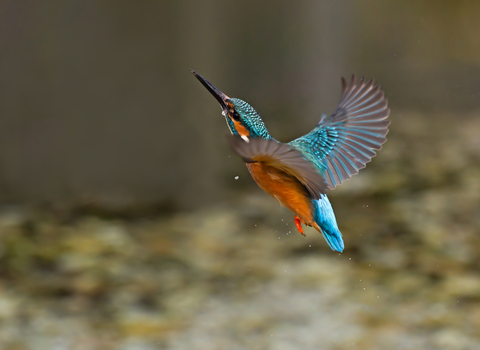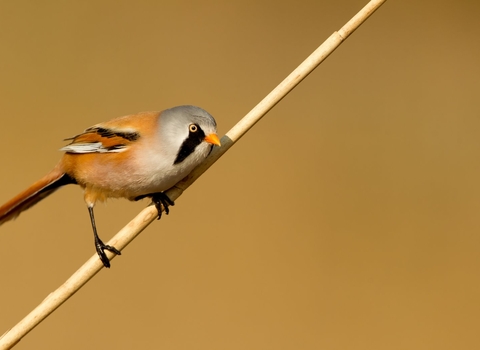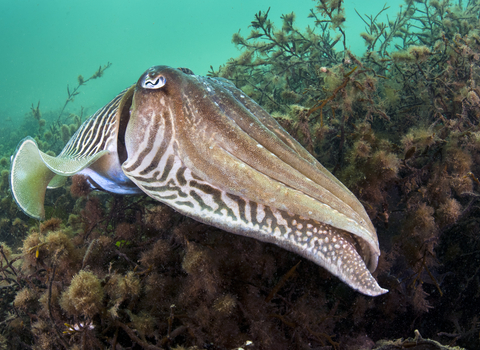Around 88,000 different species of animals, plants and fungi are known to share the UK with us – its human population. A combination of climate, geology and land-use history makes the Welsh landscape a surprisingly diverse place, even if today its wildlife is a shadow of its former self and many natural habitats are under pressure.
Saving Welsh wildlife and wild places and helping them to recover from past losses and damage has been a central aim of Wildlife Trusts Wales throughout our history.
Working together, people can change the natural world for the better; everyone has a part to play.
Today the pressures on nature are wide and complex so we save wildlife and wild places in different ways. Here we look at the principal ways we do this:
We influence and develop policies for our land and seas – by using our experience of what works on the ground to work and campaign for laws and polices that help wildlife on land and at sea. Legislation and policy that helps wildlife often has many benefits for people too.
We look after 213 nature reserves – by protecting and managing special habitats and rare and uncommon wildlife, defending them against damage.
We work to help nature's recovery– by working with partners to restore habitats over larger areas of land like river corridors.
We protect wildlife at sea – by campaigning for its protection, collecting data and ensuring that developments like wind farms do the least damage to marine habitats.
We help others to manage land for wildlife – by providing advice and support to farmers, business, local councils and schools.
We save species at risk – by running targeted conservation programmes to help save a variety wildlife.
We carry out research – by undertaking surveys to gather information on wildlife and habitats and the impact of our conservation management.



